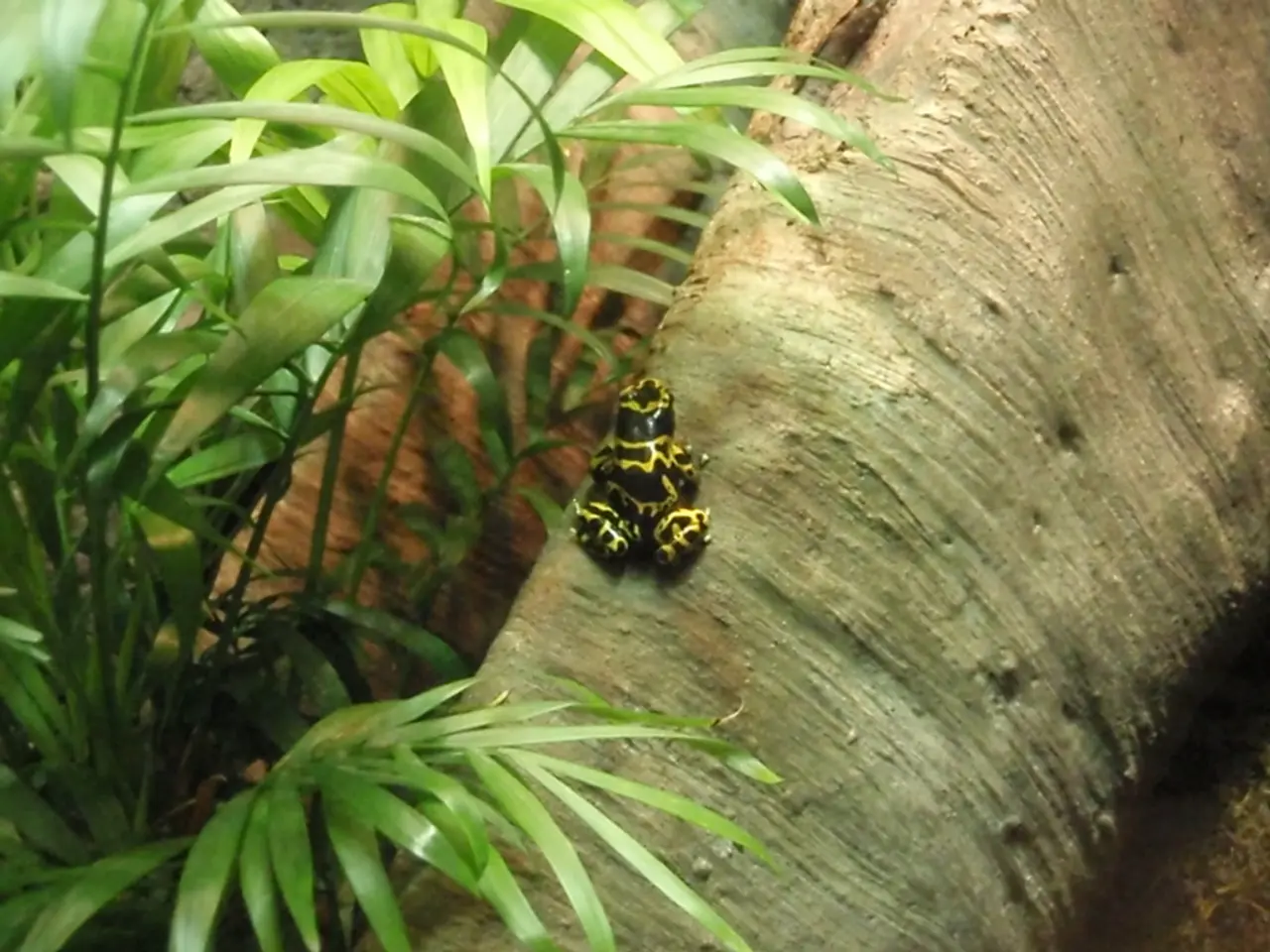Invasive Vegetal Species with Unique Biology
Understanding the Different Types of Plant-Host Relationships
In the fascinating field of plant pathology, three main types of plant-host relationships have been identified: epiphytes, hemiparasites, and true parasites. Each of these relationships differs in the way the plant acquires its nutrients.
Epiphytes are plants that grow on other plants but do not extract nutrients from them. Instead, they use the host merely for physical support and obtain water and nutrients from the air, rain, or debris around them. Examples include many orchids and ferns. Epiphytes do not harm the host plant since they do not penetrate or parasitize it.
Hemiparasites are parasitic plants that contain chlorophyll and can perform photosynthesis but rely partially on their host for water and nutrients. They attach to the host using a structure called a haustorium, extracting water and minerals while still producing some of their own food. Examples of hemiparasites include the water parasite Struthanthus flexicaulis, which parasitizes Mimosa calodendron, reducing the host’s leaf area and fruit production.
True parasites (also called holoparasites) lack chlorophyll entirely and depend completely on their host plant for all nutrients and water. They typically form haustorial connections that fully penetrate host tissues to siphon resources. True parasitism severely impairs the host’s growth and reproduction. For example, desert mistletoe (Phoradendron californicum) acts as a true parasite and can reduce the fruit yield of desert trees by limiting nutrient and photosynthetic area.
The following table summarises the key differences between these three types of plant-host relationships:
| Plant Type | Relationship with Host | Nutritional Mode | Examples | |---------------|------------------------------------------------|-------------------------------|-------------------------------| | Epiphyte | Grows on host; no nutrient extraction | Independent (photosynthetic) | Orchids, some ferns | | Hemiparasite | Partially parasitic; extracts water and nutrients | Photosynthetic + host-dependent | Struthanthus flexicaulis | | True parasite | Fully parasitic; extracts all nutrients | Fully host-dependent (no chlorophyll) | Phoradendron californicum |
When it comes to control measures, the best control for mistletoe is to plant only tree species resistant to mistletoe attacks. No good herbicidal control has been developed for mistletoe, although a dormant-season application of ethephon, an ethylene-releasing material, is a possible control on some plants. Dodder, another parasitic plant, causes significant damage to various crops and ornamentals, and strict regulations prohibit the sale of crop seed contaminated by dodder seed.
For more information on plant diseases, visit OSU Extension's website and search for "Plant Disease Series". Detailed information on each of the IPM strategies can be found in the fourth fact sheet, "Keeping Plants Healthy: An Overview of Integrated Plant Health Management" (PLPATH-GEN-4). The American Phytopathological Society is the organization that provided the photo of the leafy mistletoe on an oak tree.
In the realm of health and wellness, the understanding of plant-host relationships can offer valuable insights. For instance, some plants like orchids and ferns, classified as epiphytes, gain nutrients independently, while others like the water parasite Struthanthus flexicaulis partially rely on their host for water and minerals, categorized as hemiparasites in science. On the extreme end of the spectrum, true parasites like the desert mistletoe (Phoradendron californicum), entirely depend on their host for all nutrients, impairing the host’s growth and reproduction.




